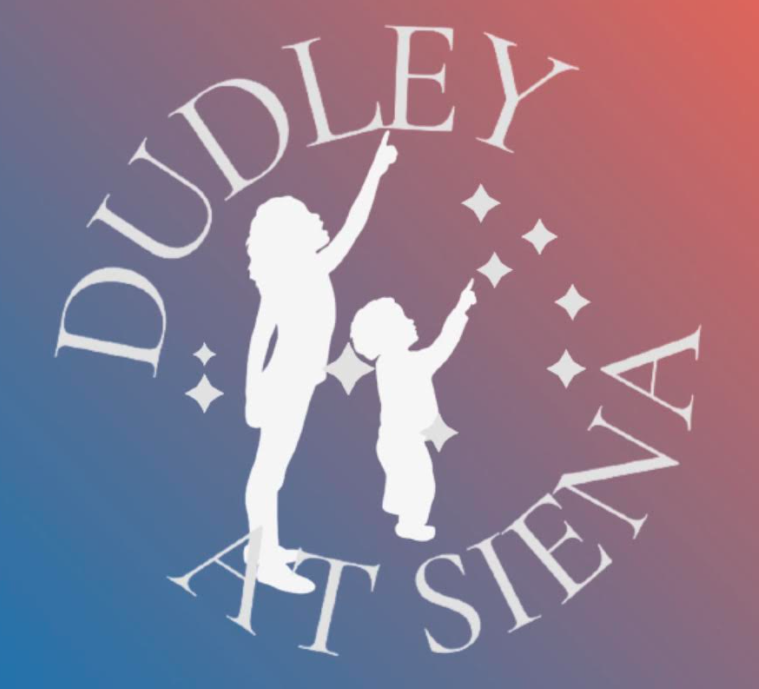Skywatch Line for Friday, August 29, through Sunday, August 31, written by Sam Salem
This is Dudley Observatory’s Skywatch Line for Friday, August 29, through Sunday, August 31, written by Sam Salem.
On Friday, Sun rises at 6:17am and sets at 7:34pm; Moon rises at 12:54pm and sets at 10:07pm.
The Moon will reach apogee, its farthest distance from Earth, for the second time this month in its elliptical orbit, on Friday, when it’s 251,374 miles away.
On Friday evening, the waxing crescent Moon will float near Zubenelgenubi, in the constellation Libra the Scales, low in the south. They’ll set a few hours after sunset.
On the Saturday and Sunday evenings, the approximately half-lit Moon will approach and then pass the bright red star Antares. They’ll set before midnight.
First-quarter Moon occurs at 2:25am on Sunday. The Moon shines in the southwest right after nightfall, in the head of Scorpius. Delta Scorpii line up to the right of the Moon. Look for orange Antares about 5° to the Moon’s upper left. Look for Delta Scorpii, the second-brightest star in the area. It sits at a similar distance to the Moon’s upper right.
As dawn brightens on Saturday morning, Jupiter, Venus, and low Mercury form a tall, nearly equally spaced straight line in the east.
Mercury is visible very low in the east-northeast at dawn. Its location is easy enough to find as Jupiter and Venus point down to it.
Venus and Jupiter, both in or near the constellation of Gemini, shine in the east before and during dawn. They’re currently at magnitudes –3.9 and –2.0 respectively. They are 18° apart on Saturday.
Mars, at magnitude 1.6 in the constellation of Virgo, sits very low in the west during evening twilight. Mars sets at twilight’s end. The brighter, whiter, twinkly star Spica sits to its upper left. Mars and Spica are 10° apart on Friday.
Saturn is the brightest dot low in the east right after dark. Saturn, at magnitude +0.7 in the constellation of Pisces, rises due east in twilight. It sits lower right of the Great Square of Pegasus, which stands on one corner diamond fashion. The Square’s lower left side points diagonally down almost straight to Saturn. The best time to observe Saturn with a telescope is in early morning hours when it’s high toward the south.
As evening advances, look for Fomalhaut, the Autumn Star above the southeast horizon, some three fists to Saturn’s lower right. By 11pm you should have no trouble identifying Fomalhaut low in the southeast if you have a good view in that direction. No other 1st-magnitude star is anywhere near there. Saturn and Fomalhaut are magnitudes +0.7 and +1.2, respectively. Fomalhaut is the brightest star in the southern constellation of Piscis Austrinus, the southern fish. The name is Arabic for “fish’s mouth”.
